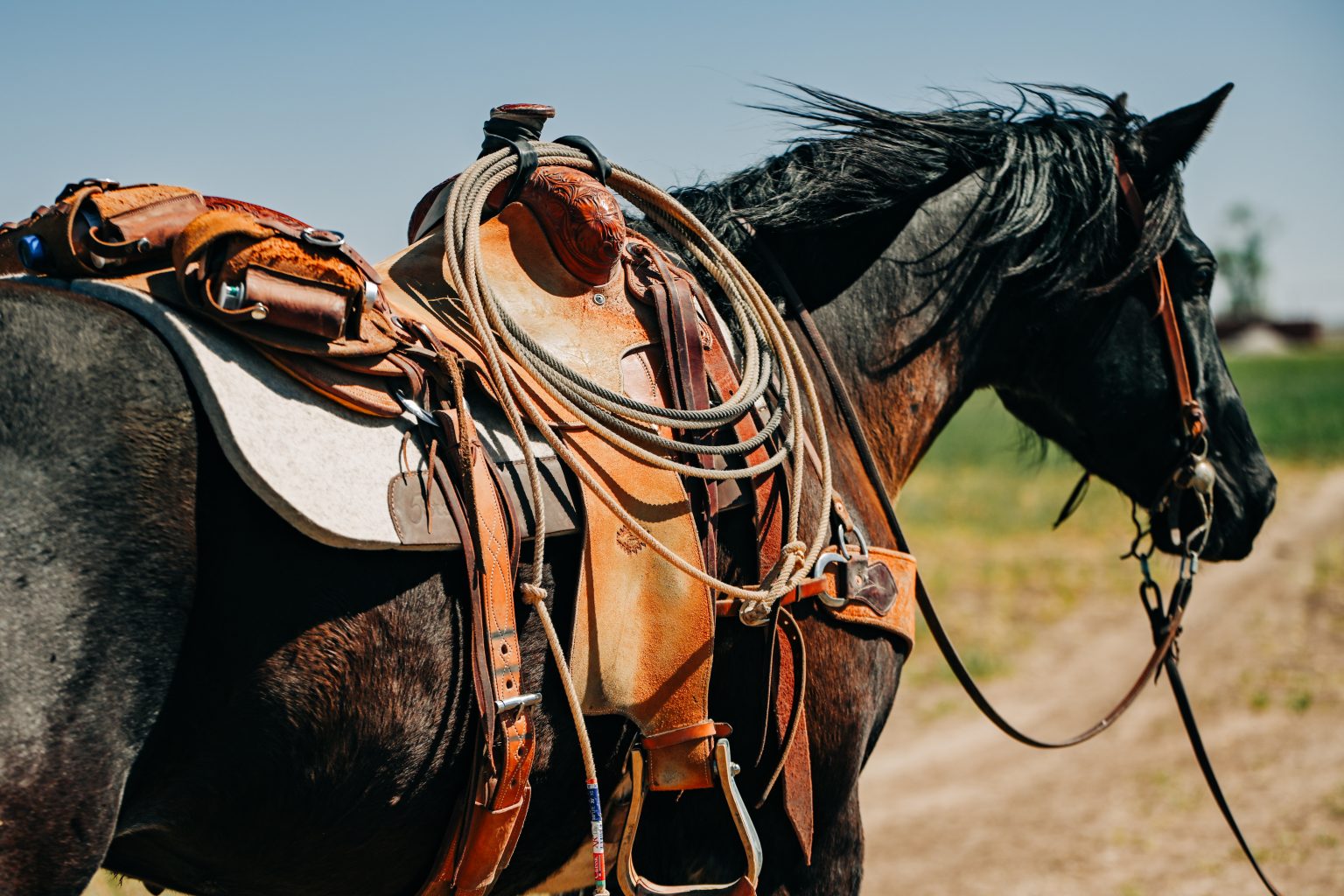When it comes to saddle pads, the material you choose plays a vital role in your horse’s comfort and overall performance. Many riders turn to advanced synthetic materials or foam pads, but there’s one classic material that continues to outperform all others—100% pure wool. Despite the influx of modern options, wool’s natural properties offer unparalleled benefits that make it the top choice for protecting your horse’s back. Here’s why wool saddle pads should be a staple in every rider’s tack room.
Understanding the Importance of Saddle Pad Materials
A saddle pad serves multiple purposes: it helps distribute the pressure from the saddle evenly across the horse’s back, absorbs sweat to keep the horse comfortable, and provides cushioning to prevent sores and irritation. However, not all pads are created equal, and choosing the wrong material can lead to discomfort and even long-term health issues for your horse. Synthetic pads or foam alternatives might seem appealing due to their low maintenance and bright, eye-catching designs, but they fail to offer the same level of comfort, moisture wicking, and pressure relief that wool pads provide.
The primary issue with synthetic materials is their inability to manage moisture effectively. While these materials may look good and seem soft to the touch, they trap sweat and heat rather than releasing them. This trapped moisture can create pressure points under the saddle, leading to sores, irritation, and general discomfort. Unlike synthetics, wool’s natural fibers offer a unique ability to wick away moisture, keeping the horse’s back dry and cool even during intense workouts or long rides.
The Science Behind Wool’s Superiority
Wool has long been praised for its natural thermoregulation properties, which make it an ideal material for saddle pads. The structure of each wool fiber is composed of two layers: a hydrophilic (water-loving) inner core and a hydrophobic (water-repellent) outer layer. This combination allows wool to absorb moisture from the horse’s body while simultaneously allowing the moisture to evaporate. In simple terms, wool pulls sweat away from the horse’s skin and prevents it from building up, which helps to regulate the horse’s body temperature and maintain comfort during physical exertion.
Furthermore, wool’s ability to absorb up to 30% of its weight in moisture—compared to synthetics that often absorb less than 5%—makes it an unmatched material for managing sweat. This process, known as capillary action, involves the smaller diameter of wool fibers creating a gradient that efficiently pulls sweat away from the horse’s skin and distributes it across the surface of the pad. This mechanism ensures that heat is dissipated, preventing the buildup of harmful pressure points under the saddle.
Pressure Relief and Protection with Wool Pads
One of the most significant advantages of using wool saddle pads is their ability to relieve pressure and prevent soreness. When a saddle is improperly fitted, it can create painful pressure points on the horse’s back, leading to muscle strain, inflammation, and even permanent damage over time. Wool pads, particularly those made from high-quality pressed wool felt, have the unique ability to redistribute pressure, reducing the likelihood of sore spots and helping to keep the horse comfortable.
A well-designed wool pad molds to the horse’s back over time, thanks to the natural heat generated during riding. This adaptive quality allows the pad to form a custom fit for the horse’s individual backline, ensuring even pressure distribution. This is especially important for horses with irregular or aging backlines, as wool pads can be adjusted to suit their unique needs with features like repositionable shims or contoured designs.
The Long-Term Benefits of Using Wool
While the initial cost of a 100% wool pad may be higher than that of synthetic alternatives, it’s important to consider the long-term benefits. Wool is an incredibly durable material that can last for years with proper care, providing consistent performance without the breakdown that synthetic materials often experience. Wool’s natural crimp gives it the ability to stretch up to 50% when wet and 30% when dry, allowing it to absorb shock and reduce the impact of pressure points effectively.
Additionally, wool’s natural fibers resist the build-up of bacteria and odors, making it easier to maintain and care for. Unlike foam or synthetic pads, which require frequent cleaning to prevent bacterial growth, wool pads naturally breathe, which helps to keep your horse’s back cool, dry, and comfortable after every ride.
Choosing the Right Wool Pad for Your Horse
When selecting a wool pad, it’s crucial to consider the individual needs of your horse. Factors like saddle fit, the horse’s conformation, and the types of activities you engage in will influence your choice of pad. Look for a wool pad that is designed to wick moisture, distribute pressure evenly, and provide adequate cushioning without compromising the fit of your saddle.
For those with horses that experience pressure points or discomfort, custom wool pads with added features like contoured skirts, wither cutouts, or flexible inserts can help address specific needs. These pads can be tailored to your horse’s unique back structure, ensuring that it remains comfortable and supported during all activities, whether it’s trail riding, jumping, or working in the arena.
Conclusion
Despite the growing popularity of modern synthetic materials, wool remains the best option for keeping your horse comfortable, cool, and protected from pressure sores and discomfort. With its natural moisture-wicking ability, pressure distribution, and long-lasting durability, 100% pure wool continues to be the gold standard in equine saddle pads. Whether you’re an everyday rider or a competitive equestrian, investing in a high-quality wool pad will make a significant difference in your horse’s comfort and overall performance.
For those looking for top-quality wool saddle pads, consider brands that use 100% pure wool and offer customizable options tailored to your horse’s specific needs. This ensures that your horse will receive the best care and protection, keeping them happy and healthy for years to come.



